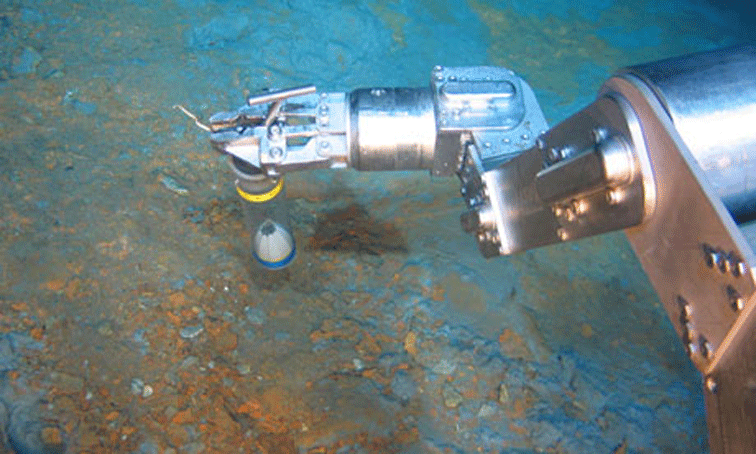Nautilus Minerals chief executive officer Stephen Rogers says there are misconceptions and misinformation about their plans.
In email and to the Post-Courier Editor in Chief and the Editor he said: “In an effort to clear up misconceptions and misinformation about our plans to retrieve minerals from the the Solwara 1 project in the Bismarck Sea, here are some key facts.
“ Seafloor resource production is not new. Oil and gas turned to the oceans after World War II and today, a third of the world’s oil and a quarter of the world’s natural gas are produced from offshore.
“Diamonds are recovered off the coast of West Africa. Much of the world’s heavy mineral sands containing zirconium and titanium come from under the sea,
as do large quantities of aggregate for Europe and the USA. While what we are doing is not new, Nautilus Minerals uses the world’s best technologies
and safest processes to meet and surpass international risk management standards.”
Mr Rogers said advanced robotics and remotely operated vehicles monitor seafloor activities.
He said Nautilus Minerals also invites and supports independent scientific and research observation.
“One question many ask however, is ‘Why go under the ocean when these minerals can be
found on land’?”
There are several good reasons he said.
“ The grade of sea deposits can be more than 10 times better than on land. This offers
commercial advantages. There are environmental benefits too. At the Solwara 1 project for
example, no mountains need to be stripped or moved. No trees need to be cleared and
the physical footprint will be very small — about a tenth of a square kilometre.
“There is little or no inconvenience to communities. No-one needs to move home. The
Solwara 1 site is 30 kilometres away from its nearest coastal community and 1600m below
the waves. Site activity poses minimal risk to fish stocks and people’s livelihoods. This has
been confirmed by extensive data gathering, modeling and scientific testing,” he said.
Mr Rogers said Solwara 1 will not use any blasting and will not discharge toxic chemicals into the water.
“In contrast to what some have claimed, the system is ‘closed’, and only filtered seawater is
returned to the deep sea, where it came from. No tailings will be discharged into the
ocean.
“Everyone familiar with the project knows we are open and transparent. We have (so far)
consulted with over 20,000 people, from remote villages to provincial capitals.
“In this spirit, our invitation remains open: if after reviewing our materials, anyone has
concerns, we welcome the chance to meet them, to answer questions and address
concerns — and if necessary, to do more work,” Mr Rogers said.
He said the economic, community and environmental benefits of seafloor resource
production are compelling.
“As land based grades continue to decline and the cost of recovery continues to rise, seafloor production provides an economically attractive,
environmentally safe and socially responsible alternative to serve worldwide mineral needs,” he said.
Mr Rogers said This is also an opportunity for Papua New Guinea to be at the forefront of evolutionary
developments in the resource industry, sharing in the profits, gaining new skills and
commanding worldwide recognition.

No comments:
Post a Comment